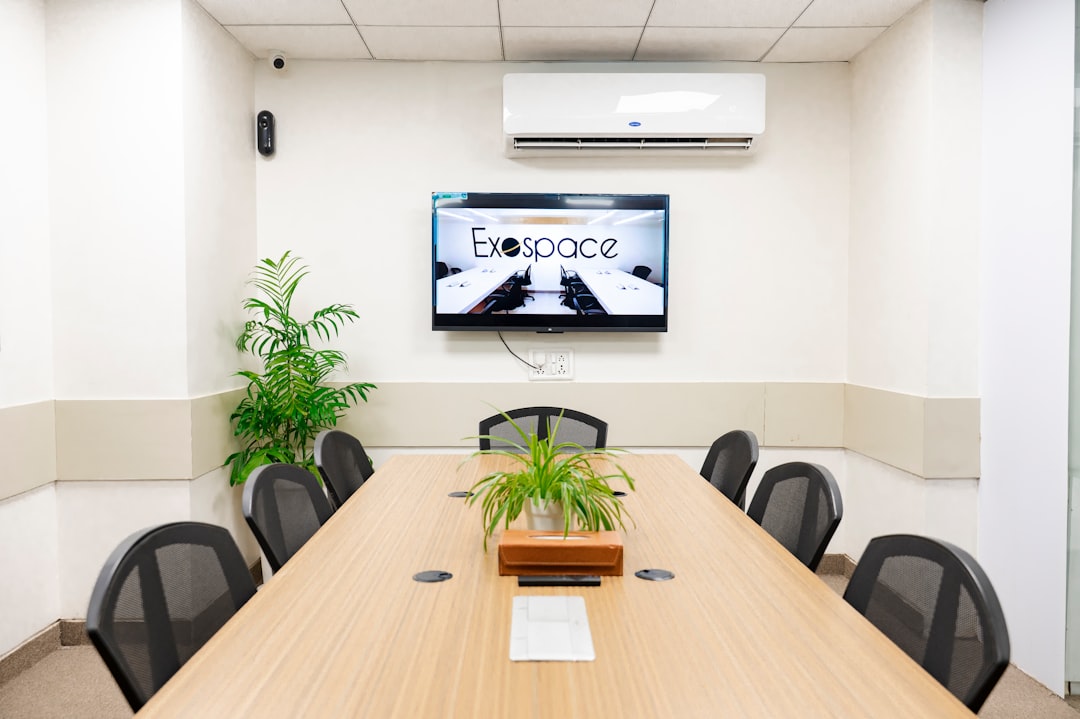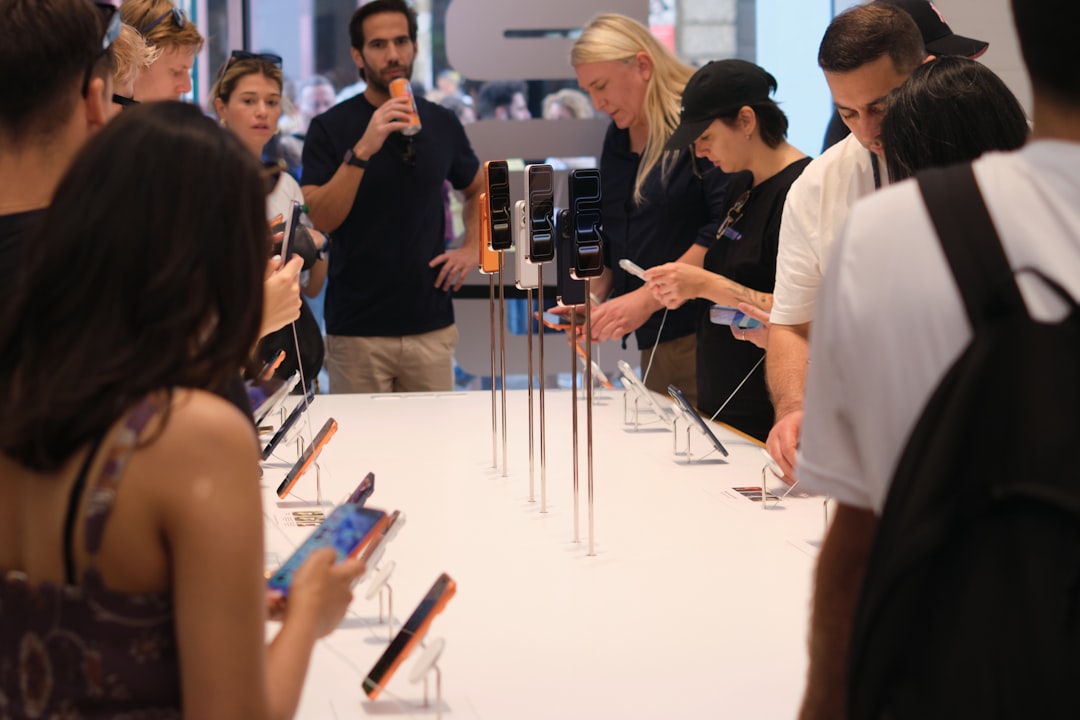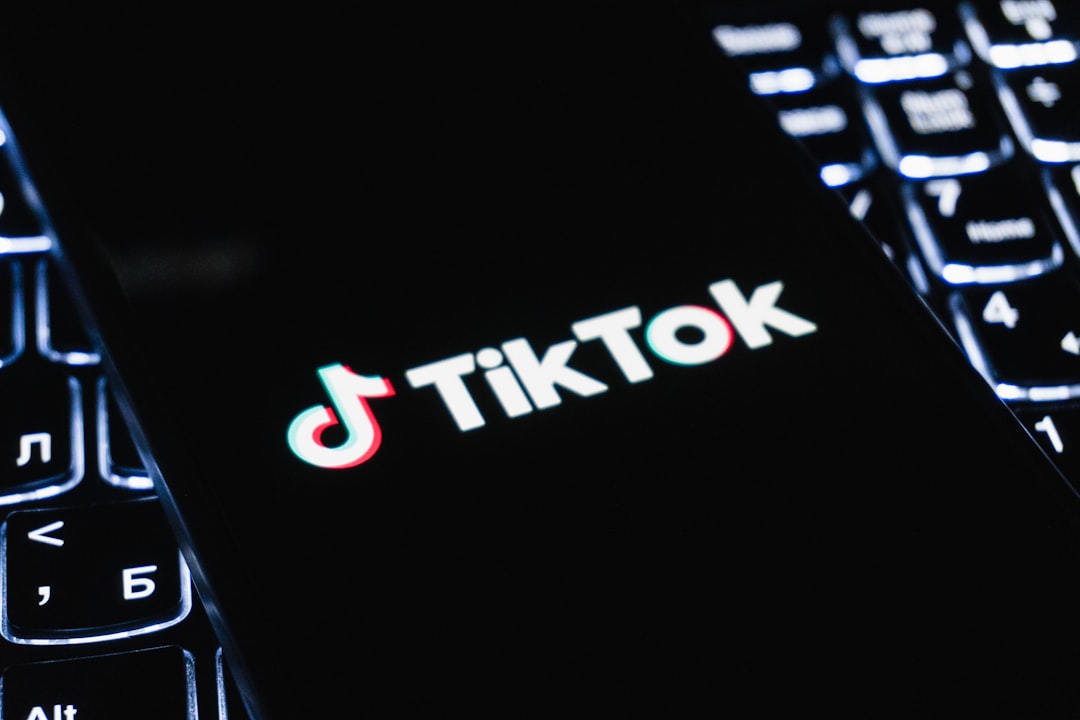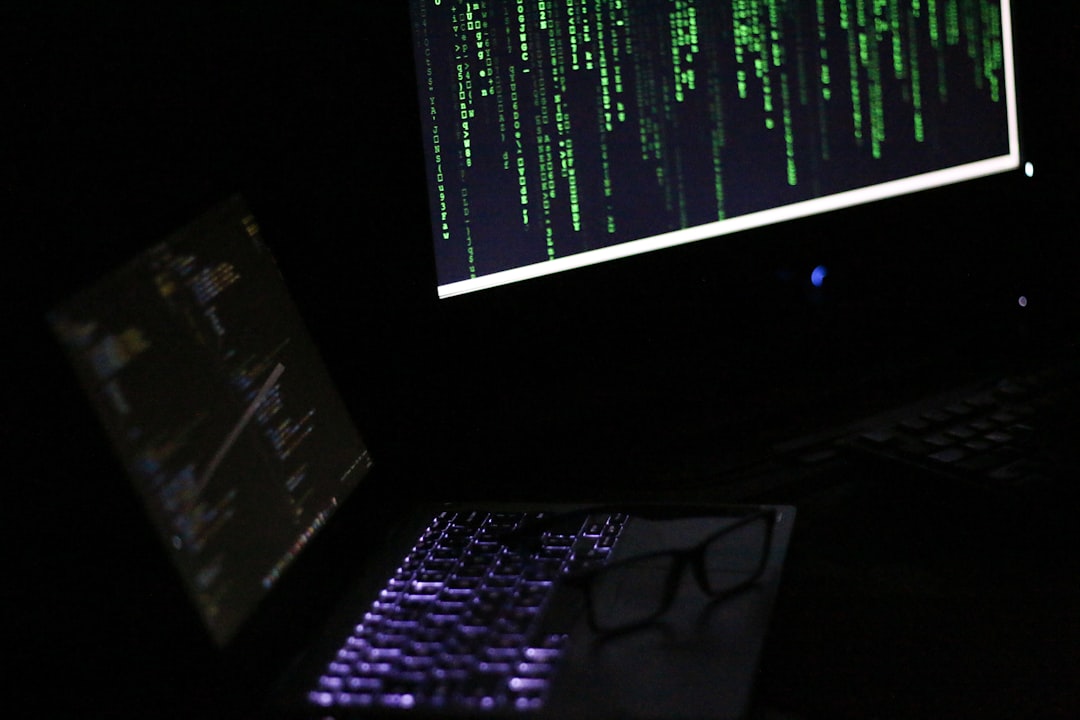NASA recently took significant steps to advance its Space Launch System (SLS) development by testing a new booster. However, the test ended in what can only be described as a remarkable spectacle—an unplanned yet visually striking conclusion as the end of the booster blew off.
This unexpected event, while certainly dramatic, casts a shadow of uncertainty over the future of the booster and whether it will ever take part in an actual mission.
The SLS booster test is part of NASA’s ongoing efforts to enhance the capabilities of its evolving space exploration infrastructure. The SLS is designed as NASA’s flagship vehicle for deep space missions, poised to propel spacecraft beyond Earth’s orbit for possible missions to Mars and beyond.
During the test, conducted at Northrop Grumman’s facility in Utah, engineers meticulously evaluated the booster’s performance. The booster itself is a key component meant to provide the immense thrust necessary to carry spacecraft out of Earth’s atmosphere. These tests are crucial as NASA strives for reliability and safety in its endeavors, especially when human lives are at stake on future missions.
However, as the test reached its zenith, the structural integrity of the booster faltered, leading to the unforeseen ejection of its end cap. While such tests often aim to push equipment to its limits to gather as much data as possible, this particular result was unexpected and could signal issues that need addressing before further advancement.
The aftermath of such an incident is not simply about the physical failures but also about analyzing every minute detail of the test data. This analysis helps identify whether the root cause was a manufacturing defect, design flaw, or an issue with the testing protocol itself.
Despite this setback, officials remain optimistic about the potential of the SLS and its boosters, emphasizing that failure is part of the innovative process. Such events provide critical opportunities to refine designs and enhance technologies that could significantly alter the future of space travel.
NASA continues to vow commitment to safety and resilience in its methodologies. The SLS boosts are seen as the backbone of future manned space missions, and ensuring their reliability is a top priority. As the examination of the failed test results continues, both NASA and its partners are gearing up for redefining approaches that could possibly steer them into a successful launch in the near future.
The path forward for these boosters and the SLS program, in general, involves a rigorous cycle of design tweaks, retesting and detailed analysis. Each test, even when not wholly successful, offers insights that drive the teams closer to creating flawless systems.
The SLS is not just an engineering feat but a symbol of human ambition, striving to push the boundaries of what is currently possible in space exploration. The ongoing development and testing phases continue to underscore the monumental effort required to realize dreams of extended space travel and potential habitation on other planets.
In conclusion, the SLS booster test may have ended with an unexpected pop, but the pursuit of knowledge and advancement knows no bounds. The continuous quest to overcome technical challenges stands testament to the resilient spirit driving space exploration forward, ensuring that even an exploded booster end serves as a stepping stone to future success.
Big Tech News
NASA














Leave a Reply